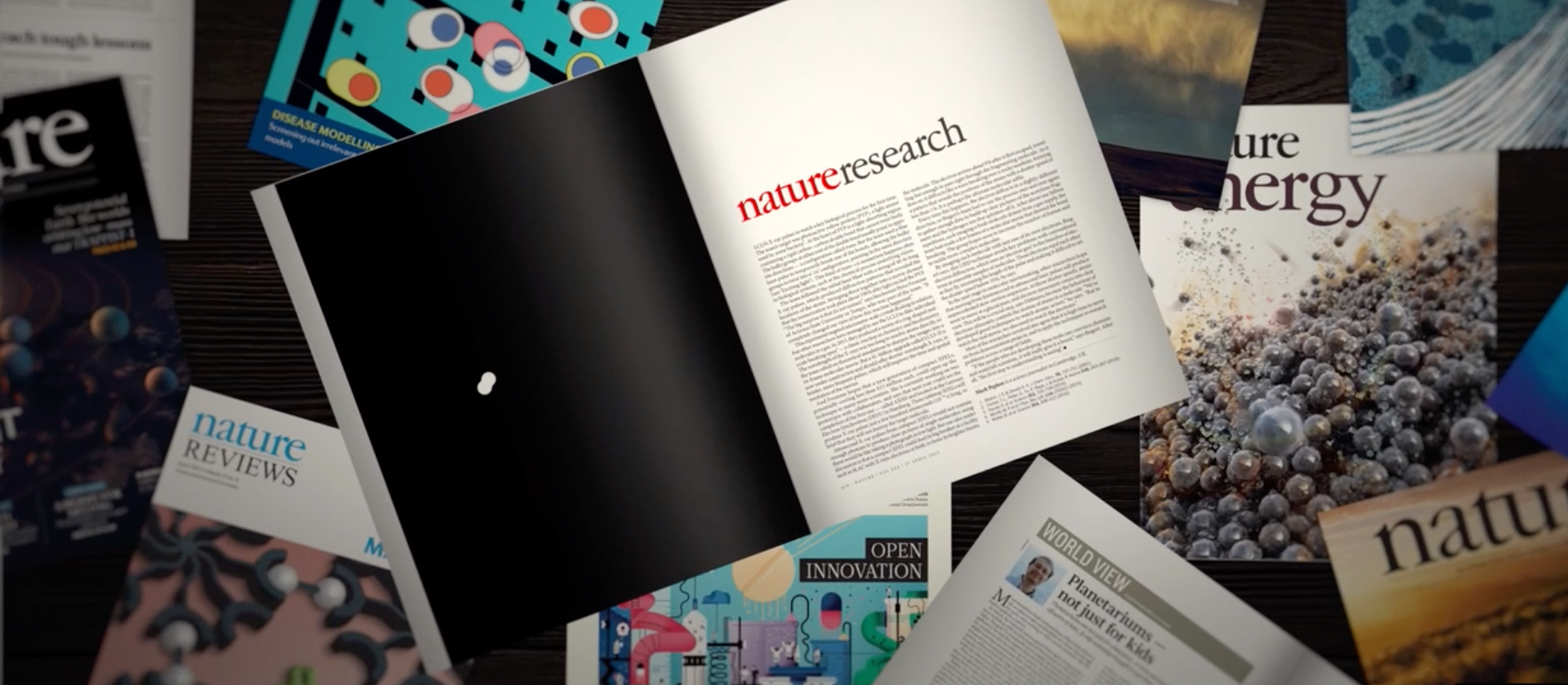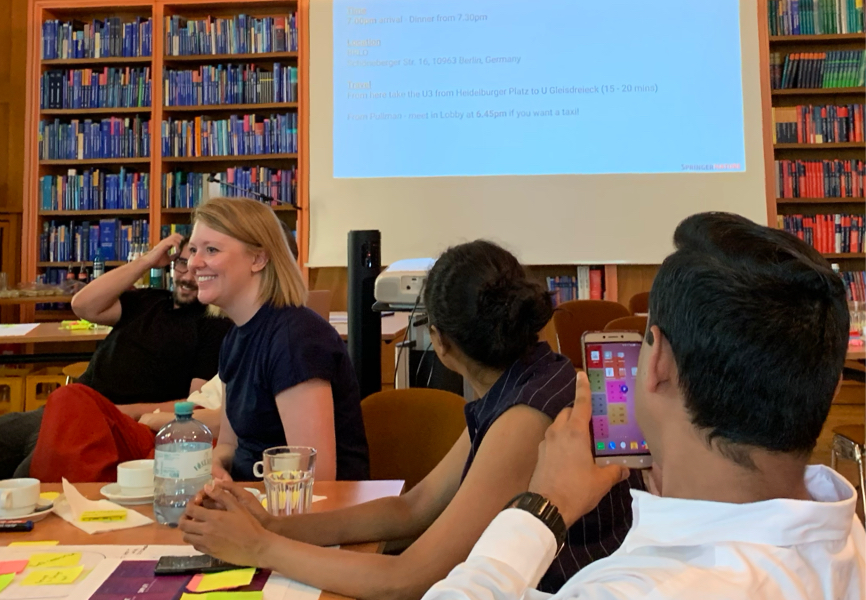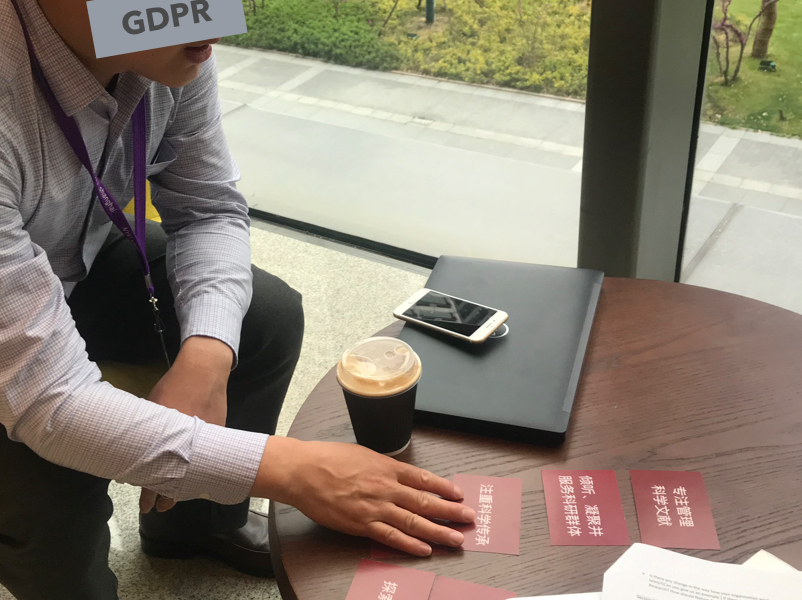

Year 2019
Tools and methods: Stakeholder interview, Contextual Inquiry, User Interview, User testing
Client: Springer Nature
Field Location: London, Berlin, Shanghai, Beijing, Nanjing, Guangzhou
Team: Ice Li, Niamh Walsh, Melissa Shaw
Background
Nature, the worldly famous scientific publishing group, has long built its profound reputation in the academic and research field in China. While digital age has made big impacts and fostered connection in the Chinese scientific research field, Nature groups felt like falling behind in the digital scene especially by playing in the social media.
With the rapid growing B2B service sales requests, Nature group is looking to maintain and boost its online visitors and enhance customer relationships by means of digital marketing with the right content strategy.
Challenges
One of the biggest challenges of commissioned by an international group is to reconcile internal expectations between difficult teams. In this case, central London design team and local sales and marketing team. Culture difference exists everywhere even how people believe or think of the value of science. Localization is definitely a challenge in demonstrating brand value, brand stories and brand missions.
Achievements
The research findings are presented to more than 50 designers from the Nature global design team. Stories of external factor and sets of user personas are illustrated to make designers get familiar with social context of user needs which leads to redesigning the content strategy and UX improvements. A part of strategy is to do target marketing which is to produce sets of contents for difficult groups of B2B and B2C users.
Research process
The research project aims to get in touch and build a connection with Nature’s 2B users and get to understand their needs of content consumption in the socio-economic context. Types of 2B users are selected world widely to test the current sites.


On-site interviews with respondents are conducted in the campus and in the office as reference to get a bigger picture of Chinese academic administrators’working culture and working environment. Nature brand value, service benefits and brand visuals are showed as stimulus during interviews.


Also, respondents were invited to view, compare and give feedbacks on both Chinese contents and English contents on the website and WeChat account.




